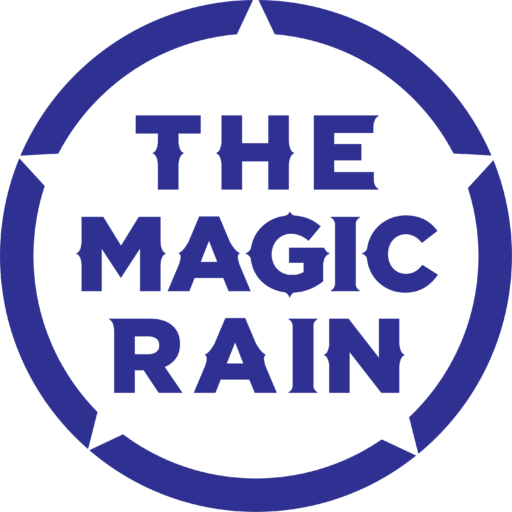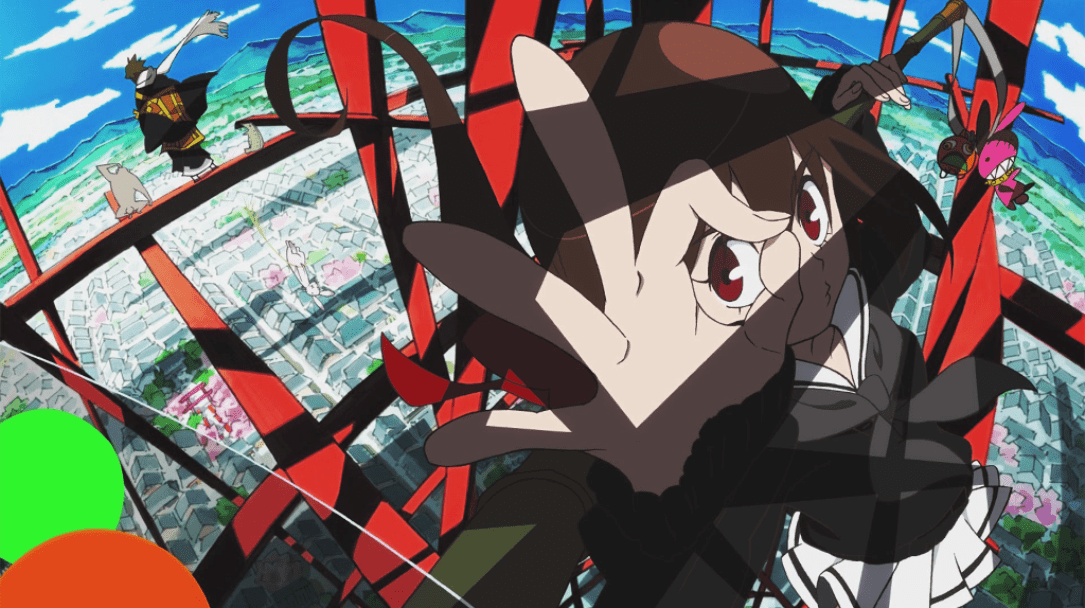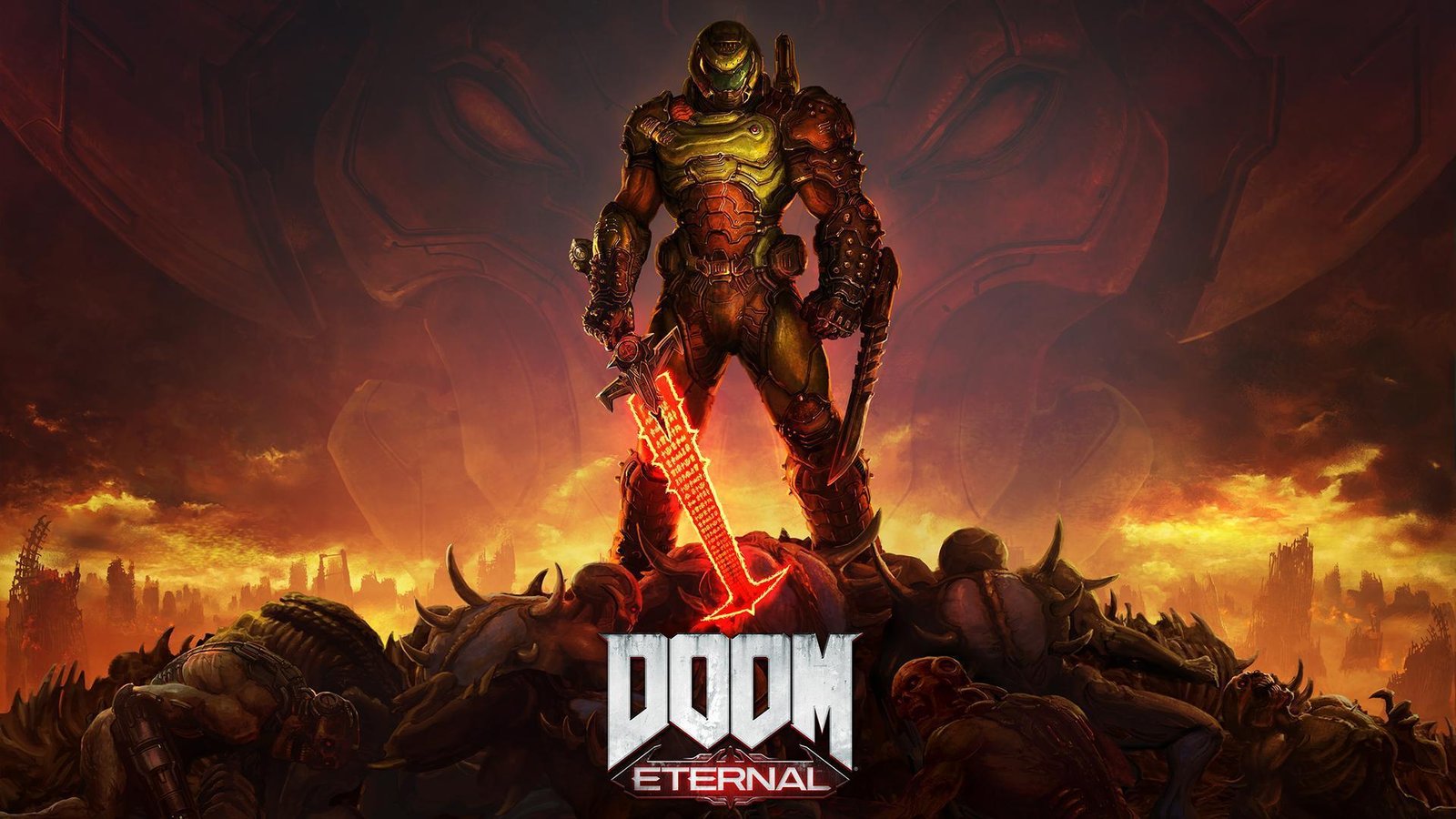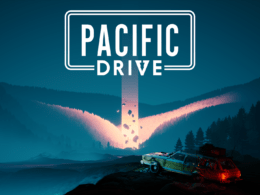One of the best aspects of the game Magic the Gathering is the availability of many formats that players can play in, be it either competitively or casually. One of my favorite format is one that we will talk about today and is the format that, in my opinion, is akin to waging wars and slinging spells while riding on dinosaurs.
The format I am talking about is the Eternal Dragon Highlander (or “EDH” for short). EDH is a hundred (100) card singleton format that has garnered many fans after it caught Wizards of the Coasts attention, having them released their own products under the format (Pre-Constructed EDH decks they call “Commanders”). You read it right. You will be playing with a 100 card deck with each card only having a single copy (except for basic lands of course).
The unique feature of EDH is that your deck will be led by a General which is a Legendary Creature of your choosing who sits in the Command Zone and can be cast into the battlefield for its Mana cost at any time you can afford your general. The General, in a way, is also eternal as any effect, spells or cards in general that remove your general from the battlefield will put him back into the Command Zone, adding 2 more generic Mana to the cost each time the General is removed.
In simple terms, the General is cast for its Mana cost the first time, plus 2 generic Mana the second time, plus 4 generic Mana the third time and so on. The other attribute that the General provides is the color of your deck where your other 99 singleton cards will be confined to the colors of the General Mana Cost / Mana Abilities.
We call this the General Color Identity. Let’s take a visual example for better understanding.


Here we have Sidisi, Brood Tyrant with a Black, Green and Blue Mana Cost, therefore, the other 99 singleton cards which will be your deck will be cards only from these colors. This is similar with the card Tasigur, the Golden Fang. Although it is a black card, Tasigur has the ability activation Mana Cost of Green and Blue, making it a Black, Green, and Blue General allowing you to have those colors in your decks rather than only having black cards which could limit your deck building potential.
Other than having a General and a singleton deck, the other characteristics of deck building remains the same like the theme or play style of the deck, the ratio of spells to lands and the availability of win condition. Typically an EDH deck would have 36 to 40 of a mixture of lands (non-basic also sticks to the singleton rule) while the rest are spells that lets you win.
So what makes EDH an interesting format? To me is the quantity of cards. Except for the ban list that is provided at the website http://mtgcommander.net/rules.php, all and every single card that was ever printed by Wizards of the Coast can be put into an EDH deck. This provides for an infinite (well, not exactly infinite) number of card combinations and combos to be discovered and learned while building a deck.
What’s more is the singleton rule gives a strategic nature to the game where each card is a precious resource to be used scarcely at each precise moment to have the best advantage and utilization of a single card. A single card could be a combo piece that if destroyed or worse, exiled, might make it harder for you to win, or a single card could be that exact removal you need to stop your opponent winning that turn.

Every single card is precious and useful in their own way therefore every consideration is taken when putting a card into a deck. Since the card pool is enormous, a card usefulness is evaluate differently from other formats, as the same card may be more efficient but may not provide utility. There can also be a case where a card may be so unique that every deck of the cards color may as well need it.
This what makes EDH games to be fun and exciting as there can be no two same decks that a person brings to the table since each deck is tailored to the preference and personality of that player (unless, of course, you just bought the Pre-Constructed decks sold by Wizards of the Coast without editing them). Although you may see the same card or spells that are within certain decks, I assure that each of those cards or spells are used differently at different timings making each EDH games different and dynamic. The above reasonings are what makes players keep coming back for more EDH games and tinkering with their decks to adapt them to their playgroup.
What about the monetary or economy of EDH? EDH has its own economy where some cards that don’t see play in competitive format can still be expensive because of its popularity in EDH but lack of availability in stock. Still, a deck does not need to be expensive to work or to have the best of the best cards to win, as a player can go for a theme for a deck to play. The goal of EDH at its core is to have fun and not be competitive. There are days where your deck would work and you win and there are days where other people’s deck would work and they win. Again, the nature of EDH is to have fun.












